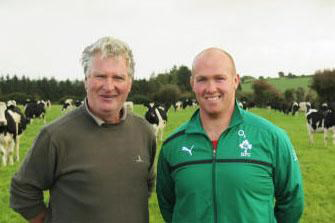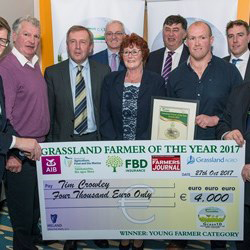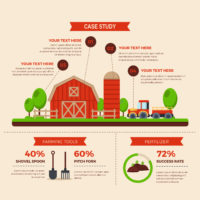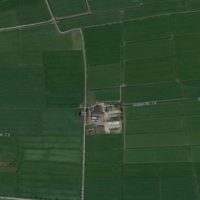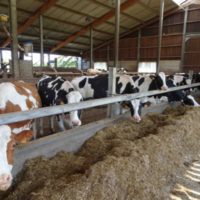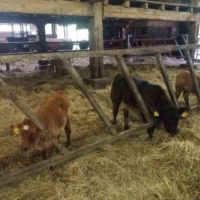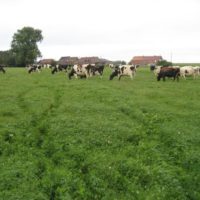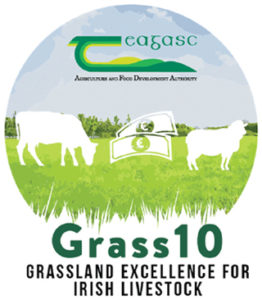Description
- Reseeding monocultures and managing them
- Some varieties performing extremely well
- Some varieties are more difficult to manage
- Growing more grass as a result
- Poor varieties are hard to graze out properly
- Can see which varieties suit the farm
- Economic results
- Reseeding and managing grass
- Research purposes and farmers curiosity
- Young Grassland Farmer of the Year 2017
Reason for the innovation
Produce more milk from grass
- Reseeding monocultures and managing them
- Some varieties performing extremely well
- Reseeding and managing grass
Farm description
Environment
- Soil type: Clayey-loam
- Climate type: Maritim climate
- Agricultural area (ha UAA): 60
- Permanent grassland area (ha): 60
- Average stocking rate (agriculture area) (LU/ha UAA): 2.64
- Altitude: Variation across the farm (300m)
- Slope: Variation across farm (30%)
Grassland management
- Grazing: Yes
- Grazing management type: Rotational grazing
Structure
- Annual work units (AWU): 1.5
- Main animal type: Dairy
- Total Livestock unit (LU): 130
- Breed type 1: Fr
- Agricultural area (ha UAA): 60
Animal performance
- Milk production per head (l/year/dairy animal): 5400l
- Grassland management type: Rotational
- Length of grazing period: 290 days
- Fertilization rate (kg N/ha): 220
Why it is working
- Reseeding monocultures and managing them
- Some varieties performing extremely well
- Growing more grass as a result
- Can see which varieties suit the farm
- Economic results
- Reseeding and managing grass
- Research purposes and farmers curiosity
- Pasturebase Ireland
